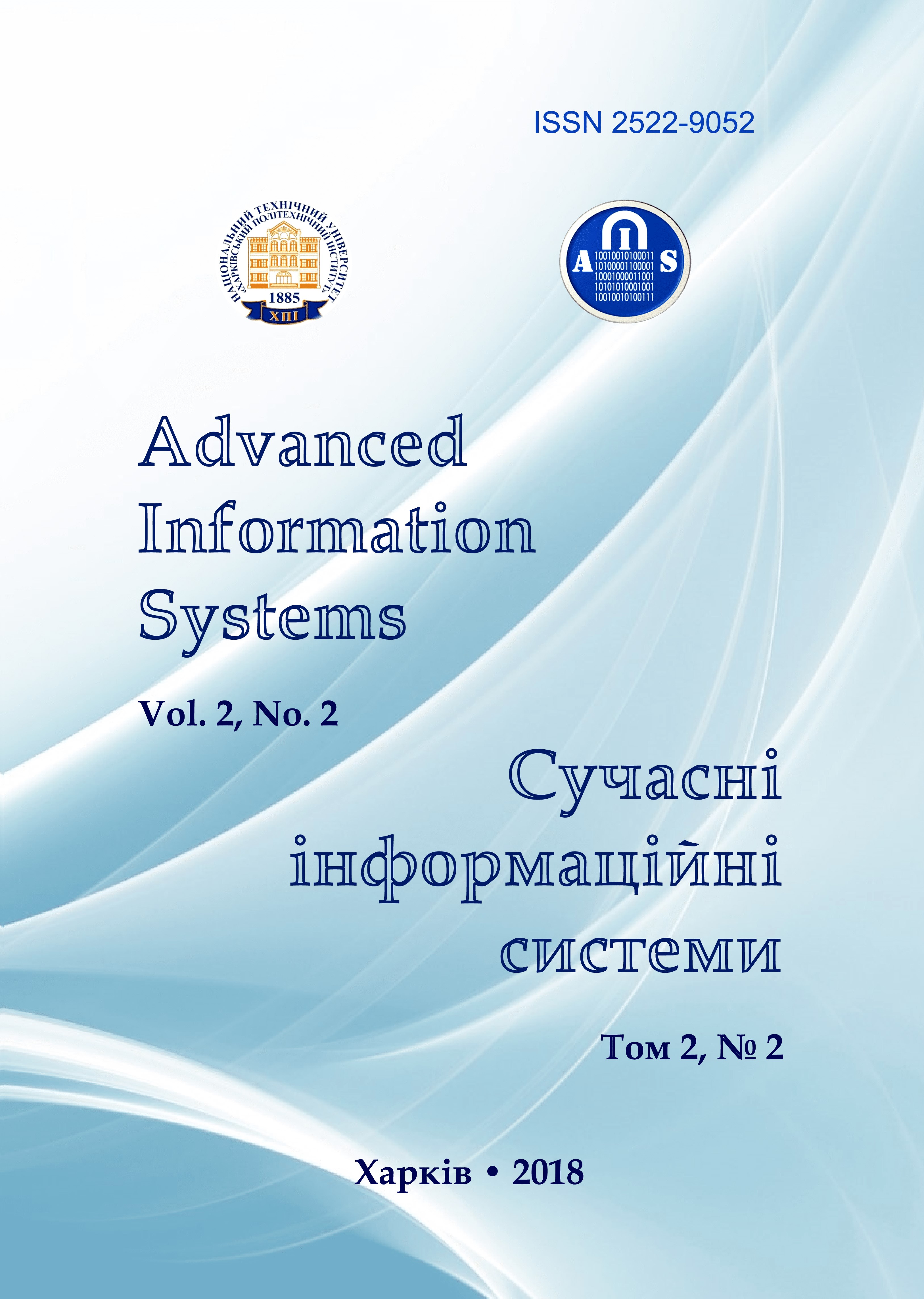Method of evaluation of breaking diagnostic information system in using signals with extended spectrum
Main Article Content
Abstract
Subject of the article – assessment of the impedance of information systems. The purpose of the article is the development of a method for assessing the immunity of the information management system with the pseudo-random tuning of operating frequency signals under the influence of structural obstacles. Results. The method of estimating the information system with the use signals with pseudorandom processing of the operating frequency was proposed. Proved that provide the required values noise immunity possibly use large ensembles of weakly correlated signal systems. Obtained expressions for evaluation noise immunity information systems under the influence of structural obstacles for noise immunity pseudorandom alteration of working frequency phase manipulation. The conducted studies have shown that the necessary values of these characteristics of radio systems are achieved not only due to improved properties, but also at the expense of means that realize the effective use of constituent signals. It is shown to reduce the impact of structural impediments possible, with the implementation of the information system of the dynamic change in the forms of pseudorandom processing frequency, and phase signal manipulation. Realization of dynamic change of forms of signals provides not only an impediment of information system but also active imitoprotection, and secrecy at the physical level. Conclusions. The conducted studies have shown that the necessary values of these characteristics of radio systems are achieved not only due to the use of signals with improved properties, but also at the expense of means that implement the effective application of composite signals.
Article Details
References
Varakin, L.E. (1985), Communication Systems with Noise-Like Signals, Radio and Communication, Moscow, 384 p.
Sverdlin, M.B. (1975), Optimal discrete signals, Communications, Moscow, 101 p.
Stasev, Y., Kuznetsov, O., Sai V. and Karpenko, O. (2010), Discrete Signals with Multi-Level Correlation Function, Statistical Methods of Signal and Data Processing (SMSDP-2010), October 13–14, National Aviation University “NAU-Druk” Publish-ing House, Kyiv, Ukraine, pp. 176-179.
Dyadyunov, N.G. and Senin, A.I. (1977), Orthogonal and quasi-orthogonal signals, Communications, Moscow, 224 p.
Gorbenko, I.D. and Stasev, Yu.V. (1996), “Information Security in Space Communication and Control Systems”, Cosmic Sci-ences and Technology, Vol. 2, No. 5-6, pp. 64-69.
Stasev, Y.V., Meleshenko, O.O. and Tkachenko, I.O. (2016), “Terms of realization of dynamic mode of operation of communi-cation and control system protection”, Systems of Arms and Military Equipment, No. 12(16), pp. 28-32.
Gorbenko, I.D. and Stasev, Yu.V. (1996), “Information Security in Space Communication and Control Systems”, Cosmic Sci-ences and Technology, Vol. 2, No. 5-6, pp. 64-69.
Naumenko, M.I., Stasev, Y.V., Kuznetsov, O.O. and Evseev, S.P. (2008), The theory of signal-code structures: a monograph, KAFU, Kharkiv, 541 p.
